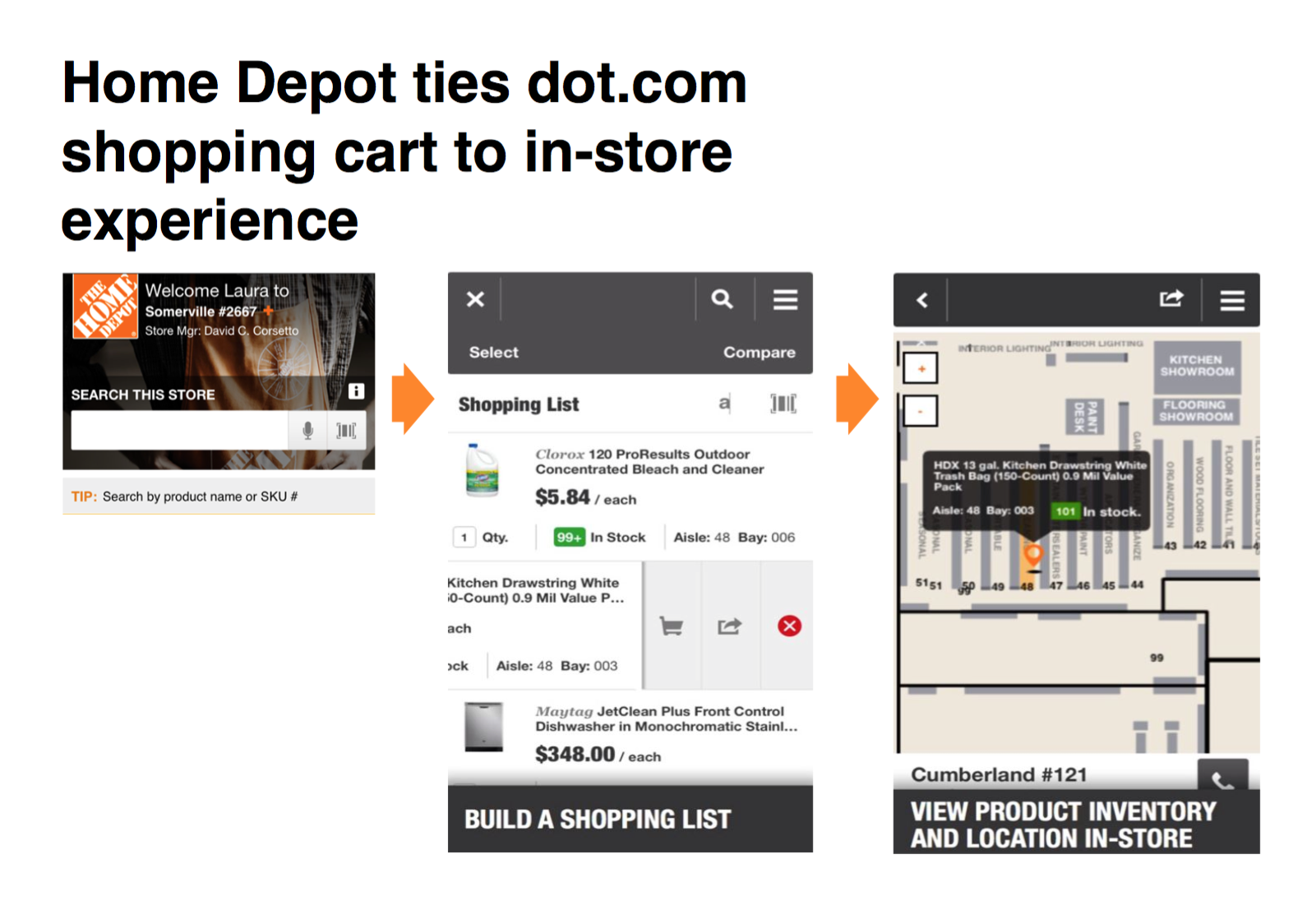Content Marketing
4 Content Trends Every Marketer Should Be Following
I like Contently conferences for a few reasons. First, our events team keeps letting me go onstage for some reason. Second, my main job for the entire day is to sit back and think about our industry—something I often forget to do while writing Facebook fan fiction or forcing my team to recreate March Madness with branded social media accounts.
On May 19, we held our West Coast Summit in San Francisco. It was honestly the most insightful event we’ve ever had, and it got me thinking about four big trends I’ve seen shaping the content marketing industry:
1. We’re finally, mercifully, talking about content marketing in a more sophisticated way.
For years, a lot of content marketing conversation seemed to go like this:
Content marketing works!
(Points to Red Bull logo.)
See!
But that’s changing. Brands have experienced enough success and failure at this point that we’re able to discuss content marketing with more nuance. Folks are realistic now: Content marketing isn’t easy, and you might need to change the way you work—at least a little bit. But when you have a solid content team in place, you can seize a lot of new opportunities, whether it’s answering internal employee questions or influencing the conversation throughout your industry.
Everyone also seems to finally get that content marketing isn’t about pushing products. In the words of Stephanie Losee, Visa’s head of content: “If you want to tell a product story, don’t tell a product story. Tell a people story.”
“If you want to tell a product story, don’t tell a product story. Tell a people story.” @Visa head of content #contentlysummit
— Tara Ramroop Hunt (@TaraRHunt) May 19, 2016
The most surprising thing: Red Bull wasn’t mentioned once the entire conference. And we were there for five hours! That has to be some sort of record.
2. Relationship status with platforms = complicated.
As most new media companies race toward a life creating “distributed content” for native social platforms, you might expect content marketing folks to be close behind. Not necessarily.
At one point on Thursday, I asked a panel whether they agreed or disagreed with the statement “It’s smarter to create content for social platforms than your own site.” Walmart managing editor Britt Dionne advocated for prioritizing your own site. But Peter Rojas, founder of Gizmodo, Engadget, and Joystiq, said that if he started a tech site today, he’d launch it entirely on social platforms.
I’ve argued before that it makes more sense for brands to publish natively on social than it does for media companies, but I also see the counterpoint. Many marketers are still stinging from the great organic reach crackdown of 2013, and conversions from on-site visits can be very lucrative for brands. (Much more lucrative than selling display ads.) As a result, marketers’ relationship with platform publishing is complicated, and that’s not likely to change.
3. But a new wave of platforms will be here before we know it.
Just about everything is about to become a platform for content. As digital analyst Rebecca Lieb put it, “Content is going beyond the screen to the air we breathe.”
.@lieblink: “Content is going beyond the screen to the air we breathe.” #ContentlySummit pic.twitter.com/ssDmUfTBNy
— Contently (@contently) May 19, 2016
Lieb unveiled some fascinating new research on Thursday, detailing how wearables and connected devices will completely change the way brands service consumers. While the 2010s are the mobile age, the 2020s will be the age of ubiquitous computing. Everything from our refrigerators to our clothing will be connected:

Via Rebecca Lieb
All of these devices will present brands with opportunities to add value by serving useful or relevant information. That doesn’t mean that you should start thinking about how to serve sponsored cat-GIF listicles to vacuum cleaners, although someone’s definitely doing that right now. But it does mean you should think about how to unify the customer experience across all platforms.
Lieb gave the simple example of the Home Depot app, which lets users build a shopping list and then creates a map of where those items are in the store. By connecting online and offline, Home Depot saves people tons of time. It’s a great example of how brands should think moving forward.

Via Rebecca Lieb
4. The buzzword haterade is strong.
There’s an epidemic of marketing buzzwords, and it’s starting to drive people crazy. Our buzzword-detox panel quickly turned into a group therapy session:
Annoying B2C #contentmarketing buzzwords: Artisanal. Bespoke. Handcrafted. Buzzword (<- lol). What else? #contentlysummit
— Tara Ramroop Hunt (@TaraRHunt) May 20, 2016
Buzzword panel. Awesome. “Leverage… it’s a noun, look it up.” -Britt Dionne. #contentlysummit
— Jeremy Thum (@jeremythum) May 19, 2016
Shorty after, Hello Products founder Craig Dubitsky spent 45 minutes roasting the strange ways CPG brands represent themselves:
Great branding question @helloproducts: Why is the global icon for oral health an extracted tooth? #contentlysummit pic.twitter.com/oPIyvEbe3i
— Tracy Kosolcharoen (@tkosol) May 19, 2016
Dare I say that buzzword-speak has finally been disrupted by an always-on desire to craft an authentic brand voice that genuinely resonates with a bespoke audience? Probably not, but at least we’re making progress—especially if you ignore 23 percent of the words I’ve used in this article.
Image by Hanna BarberaGet better at your job right now.
Read our monthly newsletter to master content marketing. It’s made for marketers, creators, and everyone in between.




